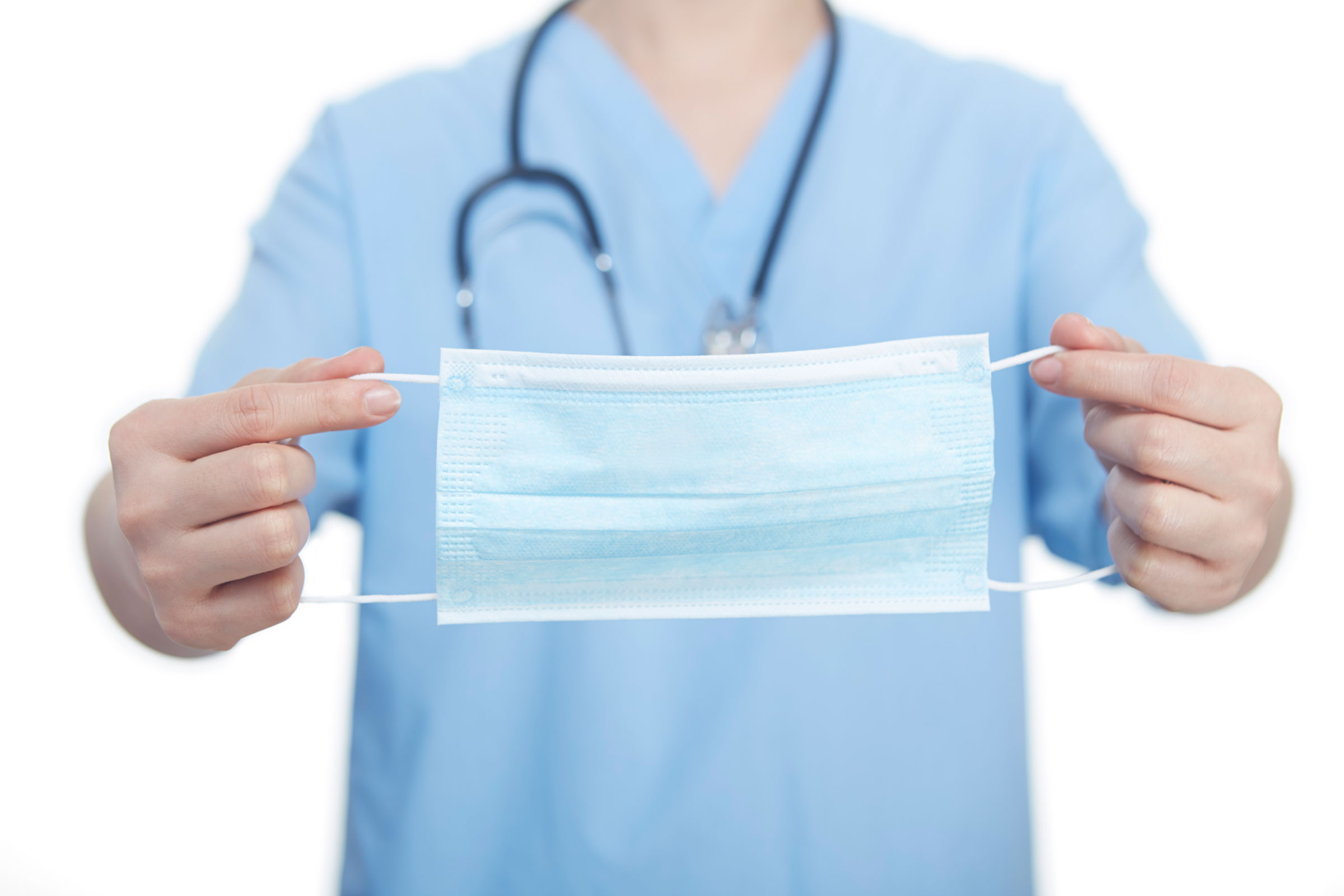
04 Dec What is Infection Control?
Although the facility infection preventionist may be thought of as the person who always points out what is wrong, Infection Control is a complex field that touches on every aspect of patient care. This blog will touch on some of the fundamental aspects of this department.
Infection Control Basics
For all types of facilities, the infection preventionist role includes monitoring practice (e.g., hand hygiene) to ensure consistency with current evidence such as guidelines. Additionally, compliance with state regulations (e.g. CAL/OSHA, Pennsylvania Act 52) and federal law (OSHA) is also monitored. Other roles of this vital patient advocate include product evaluation and construction/renovation risk assessment. Responsibilities pertaining to inpatient facilities include assisting the facility in implementing bundles proven to decrease specific healthcare-associated infections. These are some of the vital roles fulfilled by the infection preventionist and can be considered Infection Control Basics.
Healthcare in the United States isn’t any stranger to healthcare-associated infections (HAIs). One additional, but poorly understood role of the infection preventionist is to monitor patients for potential HAIs.
Monitoring Infectious Diseases
The Centers for Medicare and Medicaid Services (CMS) mandated reporting for specific infections, and many states now require infection reporting. Healthcare-associated infection monitoring is known as surveillance and is a fairly complicated process. To aid in comparisons among facilities, the Centers for Disease Control and Prevention (CDC) developed research-based criteria for facilities to follow. The criteria assist the infection preventionist in determining if an infection is healthcare-associated or not. Simply put, if the infection meets the CDC criteria, it is considered to be an HAI. Be aware that the patient’s diagnosis is not usually part of the CDC criteria.
Not only is the infection preventionist concerned with current practice, but this professional must also be concerned with how infections spread throughout the healthcare facility. This critical information can be very helpful when trying to determine the potential source or cause of an unexpected rise in healthcare-associated infections. When in this role, the infection preventionist becomes the equivalent of a detective. They are trying to figure out the cause, and most importantly, how to stop the tide of infections — as well as the appropriate actions to take to prevent this type of infections in the future.
The Ever-Expanding Problem
There are a multitude of infectious diseases, and keeping pace with current knowledge is complicated by the emergence of new infections, which seems to be occurring more frequently in recent years. Facts about Infectious Diseases explores this topic in a little more depth. In addition to emerging infectious diseases, we are now seeing outbreaks of vaccine-preventable diseases. There were 1,261 confirmed cases of measles in the United States from January 1 to November 7, 2019, which is the highest number of reported measles cases since 1992. This year’s measles cases were reported from 31 states. Measles, like many infectious diseases, was thought to be eliminated. It is very troubling since many providers that may have patients with measles have never seen this disease. For more information, go to the CDC measles toolkit site.
Keeping a Safe Environment
Of course, we can’t forget the environment when discussing infection prevention and control. There are two aspects of the environment that are particularly important in infection control. First, let’s touch on environmental monitoring. There are numerous areas of the facility that require monitoring, such as procedure rooms, sterile processing, and negative pressure (isolation rooms). But let’s not forget about those less thought of areas such as blankets, fluid warmers, refrigerators, and freezers. These are all aspects of healthcare facility environmental monitoring that can be scrutinized during a state or accreditation survey.
Another important area of the environment in which infection preventionists play a role is environmental cleaning. Focusing on the cleanliness of the physical environment is key to helping to prevent healthcare-associated infections. There are numerous studies pointing to the environment as a major contributor to patient infections.
But What About Resistance?
No discussion of infection control is complete without mentioning antimicrobial resistance. The infectious disease society of America (IDSA) published a report in 2004 entitled “Bad Bugs, No Drugs” that highlighted the upcoming crisis in healthcare that is related to antimicrobial resistance. This report was updated in 2008 and underscored the lack of adequate antibiotics in the pipeline once again.
Antimicrobial resistance is now such a concern that combatting antimicrobial resistance is a national priority. Infection preventionists typically review microbiology reports and note the susceptibility or resistance of the tested antibiotics. Any mismatch is generally brought to the attention of the prescriber or another appropriate person, depending on the facility. All types of healthcare facilities are responsible for helping curb antimicrobial resistance. Studies have shown that medical and dental outpatient facilities, as well as all types of inpatient facilities, generally overprescribe for many basic infections despite the existence of well-established treatment guidelines.

